
3 Silent “Culprits” That Dramatically Increase Your Risk of Stroke
Stroke happens when blood flow to the brain is suddenly blocked, cutting off oxygen and causing brain cells to die within minutes. It’s a life-threatening emergency—and one that affects an estimated 100 million people worldwide, according to the World Stroke Organization. While many people believe stroke comes without warning, doctors say there are three powerful, silent forces that often work together behind the scenes: high blood pressure, high cholesterol, and diabetes.
Individually, each of these conditions is dangerous. But when they occur together—which is extremely common—they amplify one another and sharply increase the risk of stroke. Neurologists describe them as a “deadly trio,” because they damage blood vessels gradually and quietly, long before symptoms appear.
1️⃣ High Blood Pressure: The Most Dangerous Trigger
High blood pressure is considered the single greatest risk factor for stroke. When pressure inside the arteries remains elevated, it constantly strains the vessel walls. Over time, this leads to:
-
stiffening of the arteries
-
micro-tears in blood vessel lining
-
accelerated plaque buildup
-
higher chance of vessels narrowing or bursting
This excessive pressure forces the heart to pump harder and reduces the brain’s oxygen supply. Many people live with high blood pressure for years without knowing it, which is why doctors call it the “silent killer.”
2️⃣ High Cholesterol: Fuel for Blocked Arteries
Cholesterol itself isn’t the enemy—your body needs it to function. The problem comes from excess LDL cholesterol, which sticks to artery walls and forms thick, sticky deposits known as plaque.
These plaques:
-
narrow the arteries
-
reduce blood flow
-
increase the likelihood of clots
-
can break loose and cause an immediate blockage
When a clot blocks blood flow in an artery supplying the brain, a stroke occurs. High blood pressure speeds up plaque formation, while diabetes makes plaque more unstable—turning high cholesterol into a highly dangerous factor when combined with the other two.
3️⃣ Diabetes: The Silent Vessel-Damaging Disease
Diabetes doesn’t just elevate blood sugar—it slowly weakens blood vessels throughout the body. High glucose levels make vessel walls thick, brittle, and inflamed, dramatically increasing stroke risk.
Diabetes also:
-
accelerates atherosclerosis (plaque buildup)
-
increases the risk of blood clots
-
damages the heart and kidneys
-
reduces the body’s ability to heal vascular damage
People with diabetes are 2–4 times more likely to suffer a stroke. The condition rarely acts alone; most diabetics also have high blood pressure or abnormal cholesterol levels, creating a dangerous combination.
How These 3 Factors Work Together
Doctors emphasize that these conditions rarely appear separately. Once one develops, the others often follow:
-
High blood pressure damages vessel walls → makes it easier for cholesterol to build up.
-
High cholesterol creates plaques → increases the pressure needed to push blood through narrowed arteries.
-
Diabetes inflames and weakens vessels → makes plaques unstable and blood flow poorer.
Together, they strain the heart, restrict oxygen to the brain, and dramatically increase the chances of a sudden stroke, heart attack, or kidney failure.

What You Should Do to Protect Yourself
Neurologists recommend taking a proactive approach before symptoms appear.
✔️ Regular health screenings
-
Blood pressure checks
-
Fasting blood sugar or HbA1c
-
Lipid panel
-
Kidney function tests
-
ECG if needed
✔️ Lifestyle changes
-
Avoid skipping meals
-
Limit packaged and processed foods
-
Reduce sugar, salt, and unhealthy fats
-
Exercise at least 30 minutes a day
-
Manage stress and sleep well
-
Quit smoking immediately
Even small changes, when done consistently, can significantly lower your risk.
News in the same category

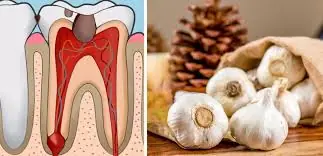
The Forgotten Home Remedy That Instantly Soothes Tooth.ache

The Silent Metabolism Kill.er: How Your “Healthy” Breakfast Is Slowing Your Fat Burn All Day

The 7-Second Rule: The Surprising Morning Habit That Transforms Your Gut, Energy, and Mood

The Tiny Superfood That Can Help Lower Bloo.d Pressure: Discover the Power of Chia Seeds

Unlock the Hidden Power of Banana Peels: Amazing Health Benefits You Need to Know

5 Secret Eating Habits for Glowing Skin This Fall & Winter: You Won't Believe How Simple It Is

The 5-Minute Kitchen Hack for a Brighter Smile

THE PAPAYA LEAF HAIR MIRACLE: The Ancient Secret That Triggers Extreme Hair Growth Most People Ignore!
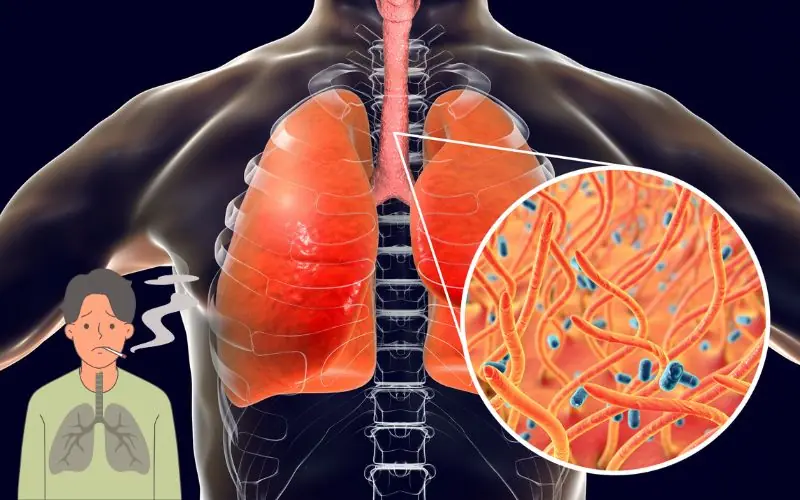
The 3-Day L.ung Reset: The Ancient Onion Remedy That Melts Mucus, Calms Coughs, and Clears Your Ch.est Naturally

5 Powerful Ways to Stay Vibrantly Healthy in Your 40s and 50s
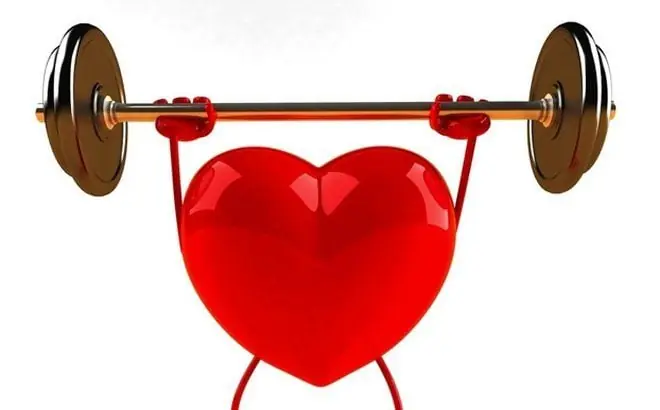
How to Exercise Without Overloading Your H.eart

4 Hair Care Habits You Think Are Helping — But Are Actually Ruining Your Hair

The Surprising Truth About Cucumbers and Kid.ney Disease

How Walking Can Transform Your Li.ver and Kid.neys Without You Even Realizing It

Here’s Why You Should Leave a Coin in the Freezer Before Leaving the House

Reduce Your Can.cer Risk with These Simple Food Choices

How Eating Yogurt Before Bed Can Transform Your Health

10 Genius Tide Pod Hacks You’ve Probably Never Heard Of
News Post

5 Foods You Should Avoid at Night If You Don’t Want to Lose Sleep

5 Silent Warning Signs of High B.lood Pressure You Should Never Ignore

The Type of “Waste” Everyone Throws Away but Experts Call a Hidden Treasure:
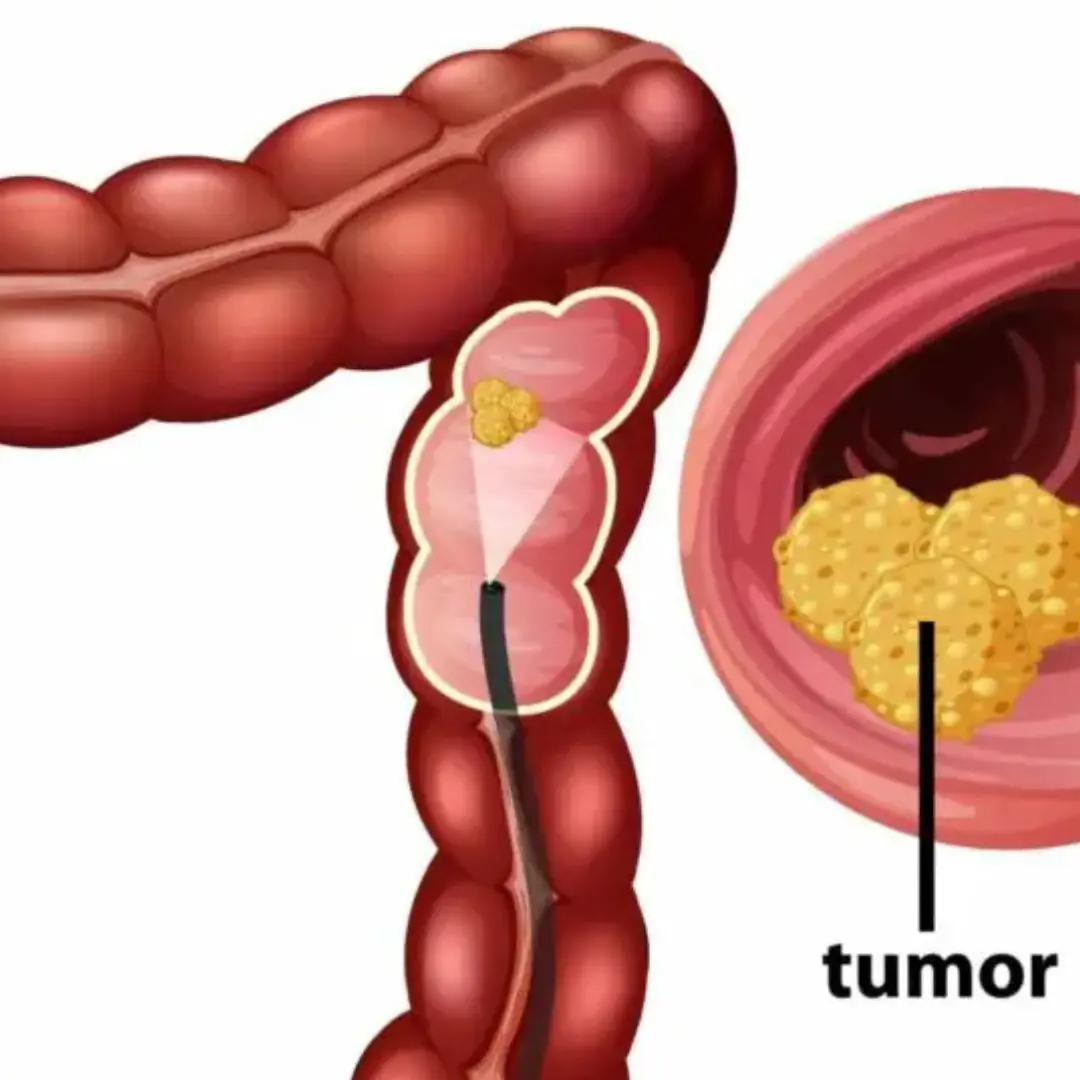
She Spotted These 5 Colon Ca.nc.er Symptoms Early — Here’s What You Should Watch For

If your feet show these 5 signs, it may be a warning of a serious condition

4 TERRIBLE MISTAKES That Make Your Home Smell Bad All the Time — Without You Realizing It

Rubbing Ginger on Your Feet Before Bed: Men and Women Will Be Surprised by Its Benefits!

Cervical Can.cer: Are You in a High-Risk Group?

Eating Bananas on an Empty Stomach: Healthy Habit or Hidden Dan.ger?

The Forgotten Home Remedy That Instantly Soothes Tooth.ache

8 Can.cer-Kill.ing Foods You Should Add to Your Diet Immediately

6 Silent Warn.ing Signs of Br.east Can.cer Women Often Miss — Don't Ignore These Signals

The Hidden Healing Plant: Why Euphorbia Hirta Is Becoming Nature’s Most Unexpected Health Powerhouse
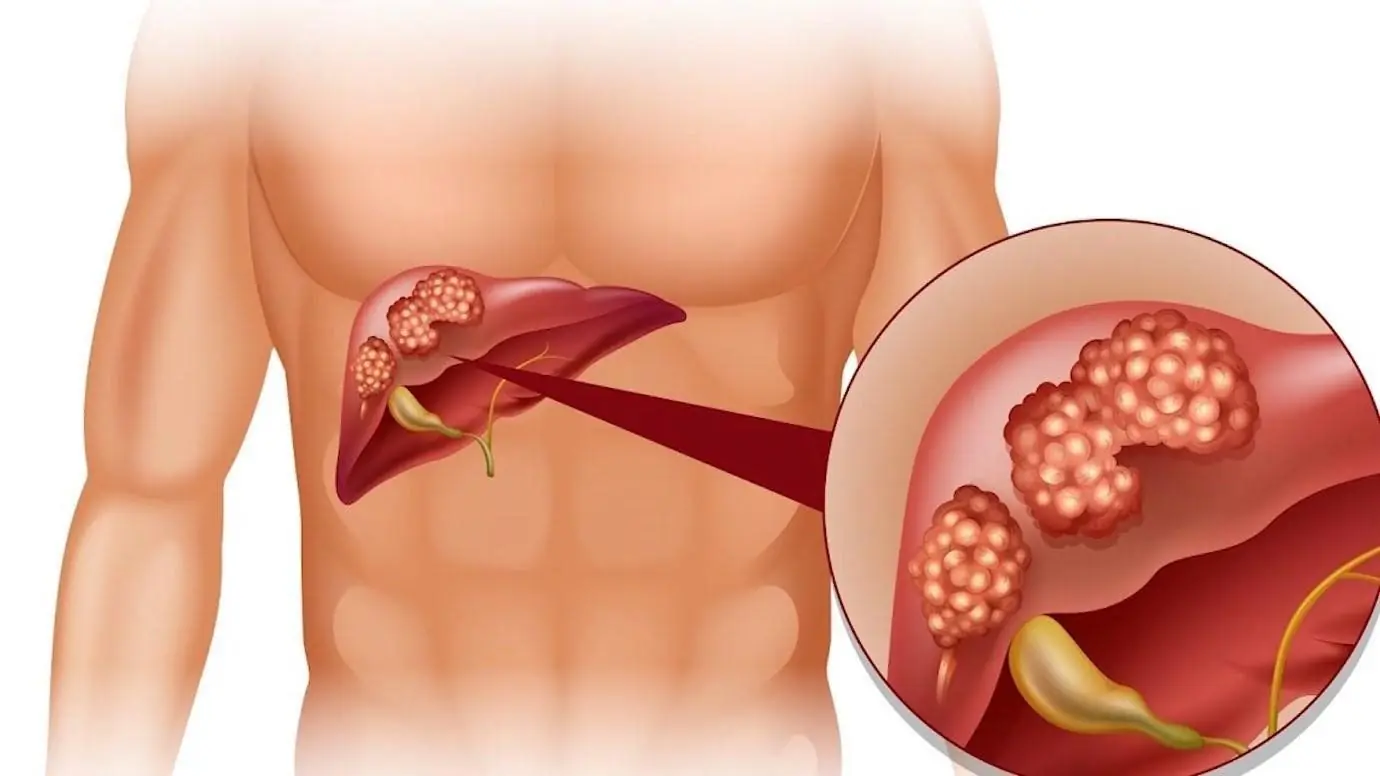
Your Li.ver Is Tired — 7 Hidden Signs You’re Mistaking for “Normal” Stress

The Silent Metabolism Kill.er: How Your “Healthy” Breakfast Is Slowing Your Fat Burn All Day

The Morning Habit Des.troying Your Skin! Find out now!

The Hidden Mineral Deficiency Behind Your Fatigue, Bloating, and Anxiety

The 7-Second Rule: The Surprising Morning Habit That Transforms Your Gut, Energy, and Mood
